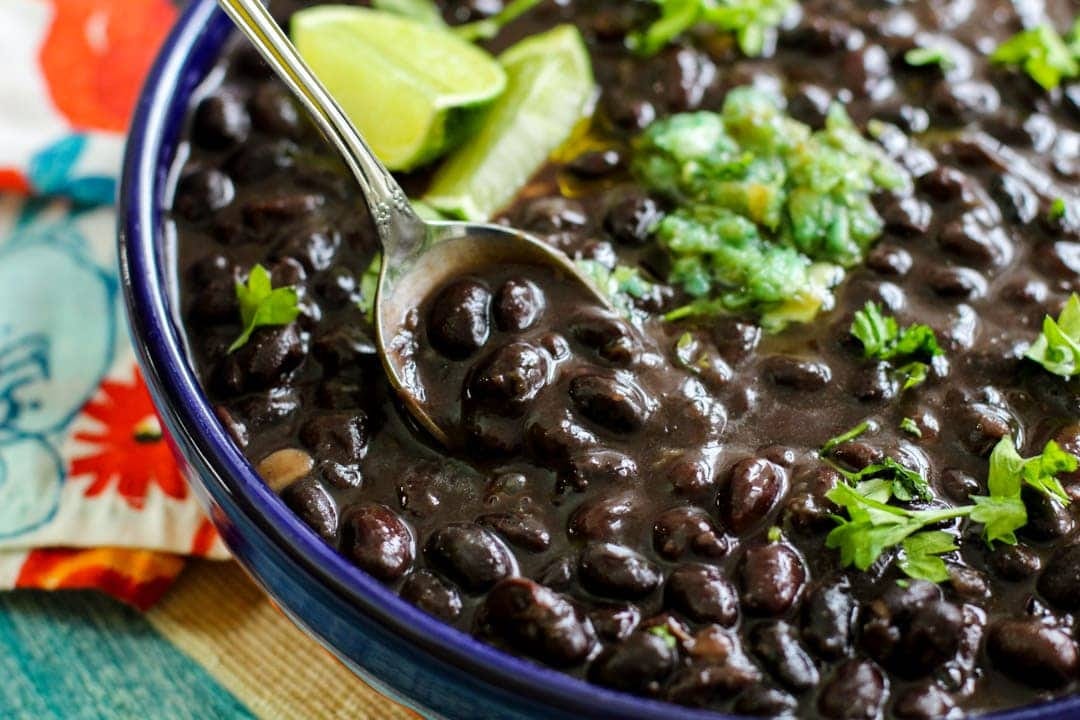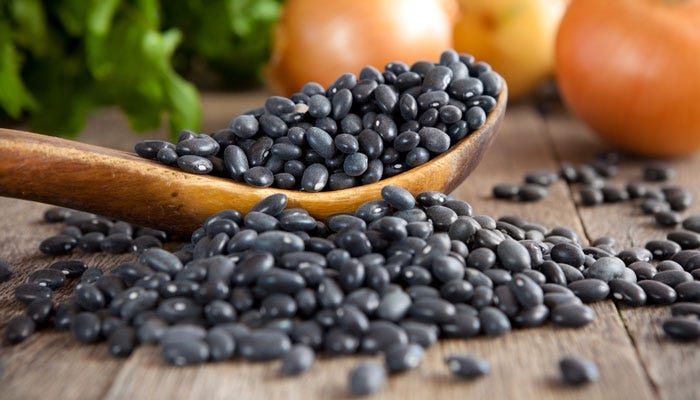Currently, I have covered several options for your carbohydrate needs. From whole wheat bread and pasta, to whole grain rice. You may also recall from my post on pasta, a terse explanation on the Glycemic Index (GI) and how important it is to know where certain foods, specifically carbs, fall on said index. Where the lower the GI score the better for you in the long run.
However, legumes are one carb source that I have not covered. Well, until now.
Discovering legumes on my own came after a decade of cooking for myself. Although I was raised on plenty of lentils, it was only until I became OBSESSED with a local Tex-Mex restaurant that other legumes came into my world. Specifically, the black beans in my go-to pork burrito (with guacamole no sour cream thank you).
You see, the area where this restaurant was located in was originally supposed to be a short stay for me. As in, I did not plan on living there for more than a few years. What had happened though was a twelve-year occupation…which I am now unsure how I feel about. Anyway, early on I knew I didn't want to stay. But this restaurant…ugh. So I began to act like I was a Michelin star chef and deconstruct this burrito that had me. And I mean really, really bad…!
At first, I mastered their rice. Or an approximation of it. This is what is on my Rice Rice post. Next were the black beans. And this is the method I converged on.
Step 1:
Purchase uncooked legume of choice. In cooked/canned form, they will be laden with sodium and other preservatives. Although less work, you will pay more money for this option. Cooking legumes yourself is more time-consuming, but a healthier option for you will be in control of what goes into them.
Step 2 (VERY IMPORTANT):
Uncooked legumes have sugars (or starches) that can cause stomach discomfort. To remove these, soak them multiple times in fresh water. That is, soak them in fresh water for several hours. Drain. Then re-add fresh water. The average soak time should be about 5-6 hours. Upon the first soaking you will see a lot of these starches cloud the water. By a third soaking, the water shall be relatively clear when you drain it, but this may depend on the type of bean, and your water quality.
The following procedure is what I found worked. Soak overnight. Drain in the morning, and add fresh water. Soak all day. Early evening, drain and re-soak once more for another 2 hours or so. Then drain once more. This is a total of three soakings. The results, zero stomach discomfort sans a dent in my schedule.
Step 3:
Put the thoroughly presoaked legumes in a large stove pot. Chuck in a few bay leaves and a clove of garlic. Fill the pot with fresh water until the level is roughly 2 inches above the beans.
Step 4:
Bring the water to a boil and watch out for a frothy overflow. Once a boil is reached, lower the heat until you reach a simmer.
Step 5:
Cook the beans on a simmer to a desired tenderness. This realistically should take anywhere from 25-40 minutes.
Step 6:
Drain the water but keep the beans in the pot. Next, sparingly add extra virgin olive oil, salt, pepper, and cilantro (dried or freshly chopped). Mix thoroughly and taste. If you feel it needs more, sparingly add more and re-taste. If not leave it alone. Only add enough oil to provide a sheen to the beans. Don't add so much so that there is a pool left over in the pot.
Step 7:
Allow the beans to sit for 5-10 minutes in the warm pot.
Step 8:
Serve and enjoy. If you have some left over, allow them to thoroughly cool prior to refrigeration. They will keep in the fridge for around 4-5 days, and are just as great reheated.
Half a cup of cooked black beans will yield 20 grams of carbohydrate, 8 grams of protein, and 7 grams of fiber. Compared to ½ cup of rice, that comes out to 20% less carbs, double the amount of protein, and nearly four times the amount of fiber…!
This recipe will work for any legume you desire. Personally my favorite is Dominican Red Beans… Oh, my word. However, as these are hard to come by I usually settle for black beans. If I can get organic, I go for it. Otherwise, I just purchase what is most available.
They are way cheap, really don't take that much time since during the cooking process you don't need to tend to them. Also, they provide a slightly different nutritional profile from grain type of carbohydrates. And, have a bit more protein to boot…!
If you read my post on the benefits of pasta, one key feature is that it is rather low on the GI scale for a grain type carb, ~40. Well, black beans register ~30 for a GI score.
To mix up how you supply your body with quality carbohydrates, consider legumes a few times a week.
One other possible benefit are the phytoestrogens that legumes contain. If one is finding themselves in need to keep their hormones in balance, then the inclusion of legumes can help elevate estrogen levels to normal. Or on the contrary, if estrogen levels are too high legumes should be avoided.
If anything else, they are just tasty as satisfying to eat. And for me, one step closer to making my beloved burrito by myself. In my own kitchen.
Can you tell I'm a control freak…?
To help grow this newsletter please Like, Comment, Share, and Subscribe.
To help support this newsletter, consider purchasing a Subscription.






